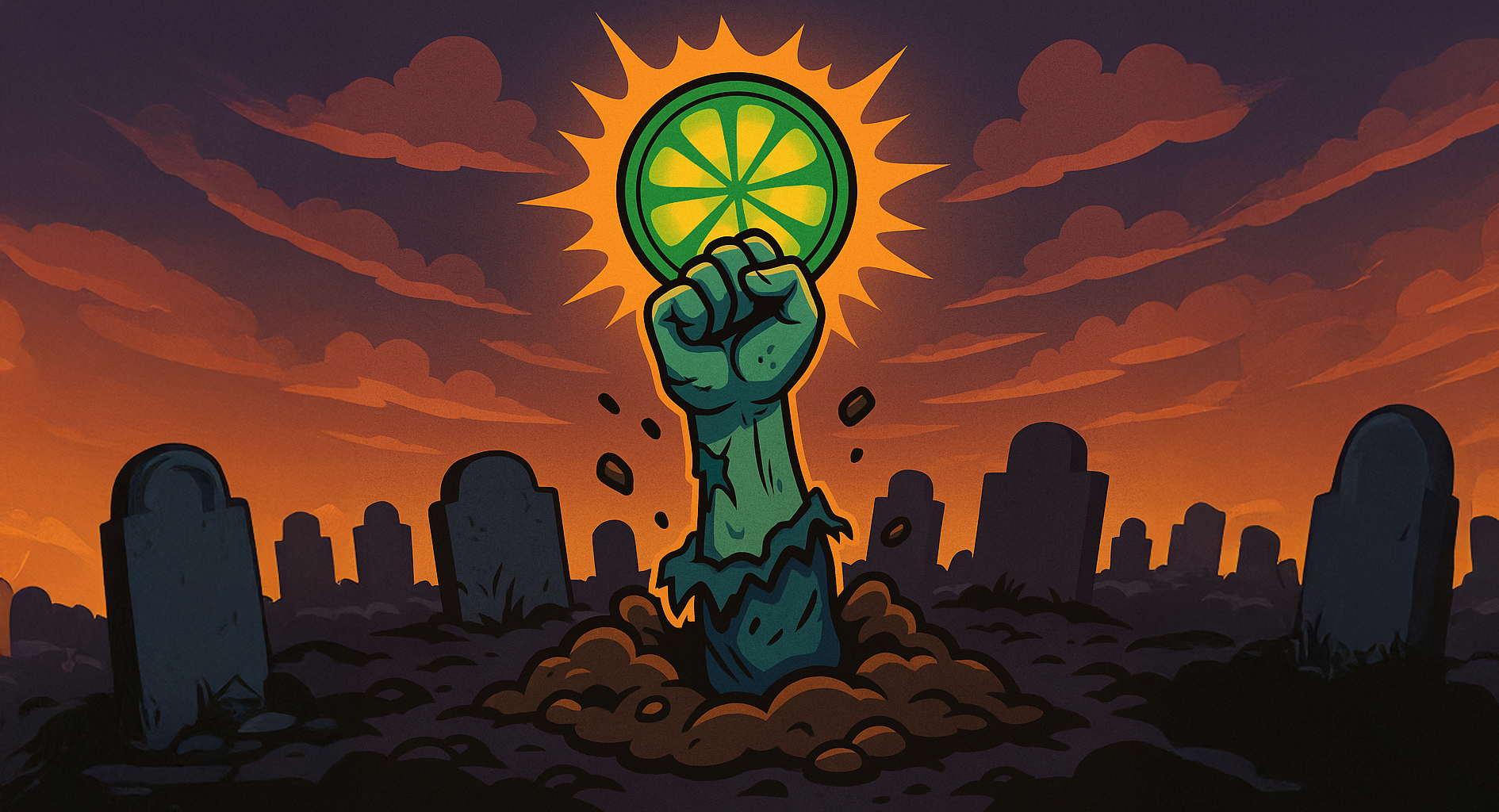The New Era of Streaming: Price Hikes, Privacy Concerns, and ID Verification
Over the past decade, major streaming services have steadily increased subscription prices. Spotify Premium climbed from around $10/month to $12 to $13/month in many regions, yet the core user experience remains largely unchanged. Shuffle mode feels repetitive, cycling the same handful of songs, while artists continue to earn fractions of a cent per stream. The gap between rising costs and actual value keeps widening, but many users stay put because they have built playlists over years and feel locked into the platform.
Spotify’s New ID Verification Policy
Spotify now requires some users to upload a government-issued ID or provide a biometric face scan to access explicit music and video content. While the company says this information is deleted afterward, past examples show these assurances are not foolproof.
Consider 23andMe. The DNA testing company allowed users to delete profiles, yet their terms of service still permitted retaining or transferring certain data, especially during bankruptcy or asset sales. In March 2025, they filed for Chapter 11, raising questions about the fate of sensitive genetic data. And in 2023, a breach exposed DNA profiles of nearly 7 million users. Like genetic data, biometric identifiers cannot be replaced once stolen. Trusting a music platform with such information is a big leap.
YouTube’s AI-Driven Age Checks
Spotify is not the only one moving toward stricter verification. YouTube has begun using AI to determine whether viewers are over or under 18, analyzing account history, search activity, and viewing patterns. If flagged as underage, users must verify their age with a government ID, selfie, or credit card to access age-restricted videos. This follows similar moves in the UK, Australia, and the EU.
YouTube says this helps protect minors by enabling privacy safeguards and disabling targeted ads. But for adults wrongly flagged, it means handing over personal information just to keep watching content they have always accessed. A platform that once required nothing more than a login now demands proof of identity.
Why Age VERIFICATION Often FailS
If the aim is to protect minors from explicit content, mandatory ID checks rarely work as intended. Other platforms like Apple Music and SoundCloud still offer the same material without similar restrictions. Tech-savvy users, especially teens, can bypass these systems using VPNs, torrents, or alternative services. Ultimately, these measures inconvenience rule-following users more than determined underage listeners.
The Bigger Picture and Likely Impact
VPN usage will rise as users look to bypass restrictions.
Churn rates may grow as frustrated subscribers leave.
Piracy could surge as users return to torrents and illegal streaming.
Global adoption of similar rules could affect even more platforms.
These measures are more about avoiding fines, potentially up to 10 percent of global revenue, than improving user experience. While they protect companies legally, they risk alienating the loyal audiences that have kept them in business.
Why Platforms Are Doing This Now
The UK’s Online Safety Act mandates strict age verification for adult content.
Noncompliance can bring severe legal and financial consequences.
Identity verification providers stand to gain more data and broader influence.
Does This Affect the U.S. Yet?
Currently, the UK’s Online Safety Act applies only in the UK. There is no federal law in the U.S. requiring streaming platforms like Spotify or YouTube to collect ID for explicit content. However, some U.S. states have passed age verification laws targeting adult websites, and similar requirements for other types of online content are gaining traction. If these laws expand to include explicit music or videos, platforms may implement the same verification methods in the U.S. to avoid compliance headaches.
The Real Cost for Users and Brands
Harms:
Pushes away privacy-conscious users.
Discourages potential new subscribers.
Increases piracy and VPN adoption.
Damages brand trust.
Possible Gains:
Slightly reduces underage access to explicit content.
Meets compliance requirements to avoid major fines.
Final Thoughts Spotify and YouTube are part of a larger trend turning entertainment platforms into identity verification hubs. While marketed as child protection, these changes trade user trust for compliance. They will not effectively stop minors from accessing explicit material, but they will push many adults toward competing services, piracy, or leaving streaming altogether. The long-term hit to brand loyalty could outweigh the short-term legal protection.
Food for Thought: Your Options Moving Forward
For now, the options are limited. You can switch to platforms like Apple Music, Tidal, or SoundCloud, but none are immune from similar regulations if these laws expand globally. Smaller niche services may be less intrusive for now, but they often lack the library depth, personalization, and device compatibility of the major players. Realistically, many people, myself included, will stick with Spotify or YouTube reluctantly, watching for less invasive alternatives to emerge. The question is not just where to listen today, but how ready you are to pivot when a more privacy-conscious streaming option finally takes center stage.
What Do You Think?
Is this too much government overreach? Is Big Brother becoming too heavy-handed in regulating digital content? Should the decision come from the federal level, individual states, or should it be left entirely to parents to oversee what their kids are consuming? Drop your thoughts in the comments and share this with someone who might have a strong opinion.



